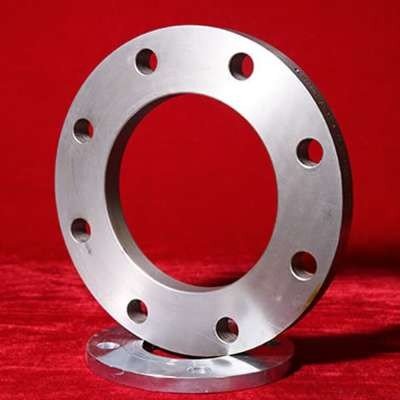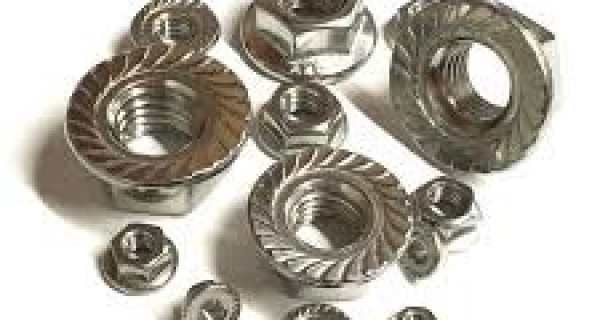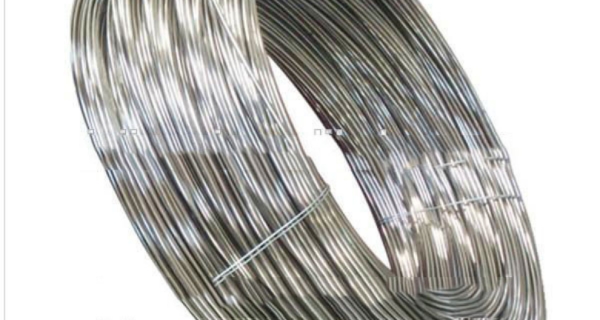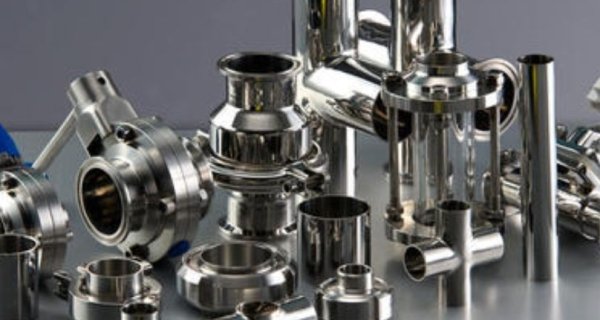Various Factors Used to Identify Stainless Steel Flange
Various Factors Used to Identify Stainless Steel Flange
Gönderildi 5 yıl önce içinde Dergiler, güncellenmiş 5 yıl önce.
Various Factors Used to Identify Stainless Steel Flange
Whether a Stainless Steel Flange will function properly all goes back to whether the flange was the right one for the job in the first place. A flange must fit in pipe joints just right in order for it to perform properly. A small error in choosing a flange can affect an application resulting in a costly mistake. These factors are all involved in choosing the right flange for the right application to maximize its functionality.
· Types
It’s pretty easy to identify the type of flange by how it looks. First, identify the tops by determining whether a flange has a flat face, threaded bore, lap joint, weld neck, socket weld, or tongue and groove. Next is identifying the bottoms by determining whether it has a flat face, which is completely flat or a raised face which is a slightly raised section on the face of the flange.
· Size
The size of a flange is comprised of factors that include the standard used (ANSI/DIN/JIS), pressure class needed, and the actual measurements of an ASTM Flange Class 300. Factors include the outer diameter, inner diameter, number of bolt holes, bolt hole diameter, and the bolt circle.
· Stainless Steel Slip-on Flange Dimensions/Size Table Pdf
· Stainless Steel Weld Neck Flanges Dimensions/Size Table Pdf
· Stainless Steel Socket Weld Flanges Dimensions/Size Table Pdf
· Stainless Steel Lap Joint Flanges Dimensions/Size Table Pdf
· Thickness
Thickness play a vital role in identifying a flange by how high of a pressure it can withstand because thicker flanges can withstand higher pressures in an application.
· Bolt Holes
This component helps determine the size of a flange and pressure class. 3 factors that need to be considered are the amount of bolt holes, pitch circle diameter, and actual size of the bolt holes on a flange. The thicker the bolt the stronger the bolt is, resulting in a higher pressure that the flange can withstand.
· Standards
There are a number of standards that can be selected from. The selection will most likely be based upon the application and standards of the other components that this flange will be connected to. (i.e. valves) 3 main standards used are: ANSI – American National Standards Institute, DIN – Detaches Institute fur Norming / European, and JIS – Japanese International Standard. Click here to know more about Stainless steel flanges manufacturer in India.
· Pressure Class
Pressure class represents the nominal amount of pressure that the product can support or operate under safely. Each standard has multiple pressure classes available ranging from low pressure tolerance to high pressure tolerance. The pressure class of products working together should be the same matching the pressure class of the pipes and valves in the system that it is connected to.
· Materials
It is important to choose the right material for a flange and understand the elements that it will face in an application the piping system is being used. (corrosion, pressure, moisture, temperature) Common materials include steel, stainless steel, carbon steel, and copper nickel.









